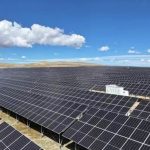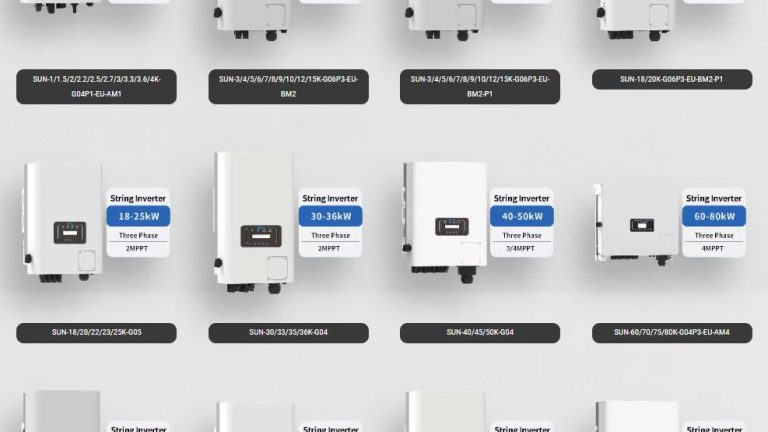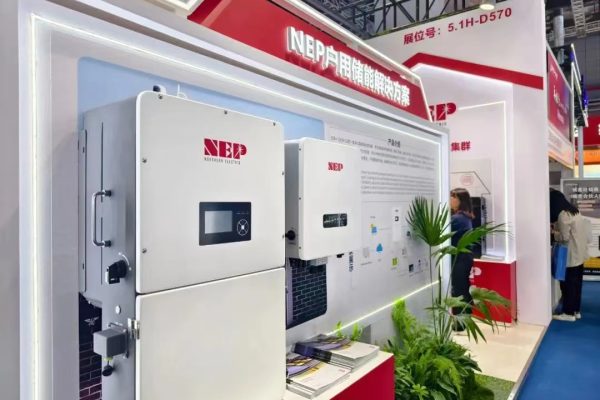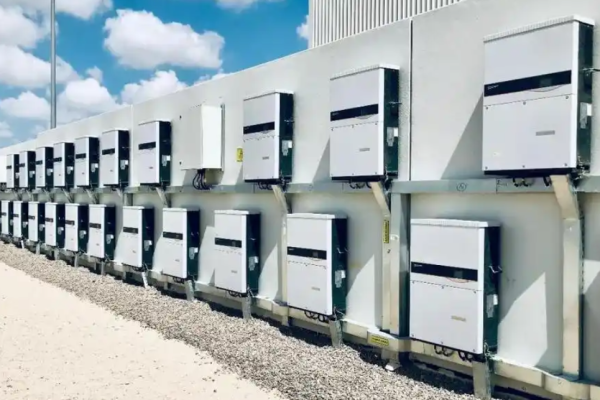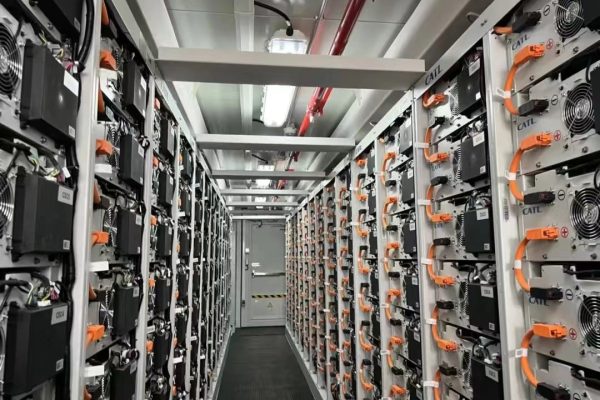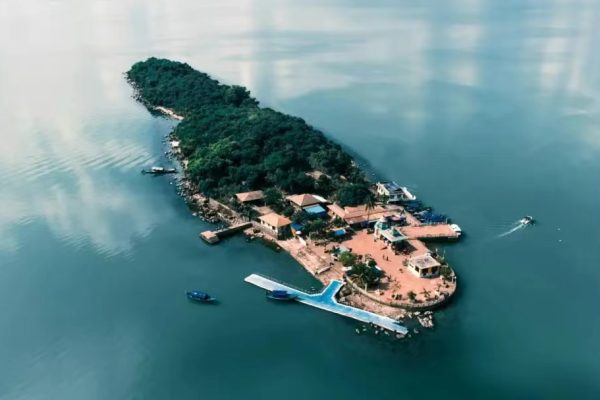Making the Right Decision for Mid-Sized Solar + Storage Projects
When designing energy systems in the 10–50kW range—especially for commercial rooftops, rural institutions, or mini-industrial applications—one of the key questions is:
Should you use string inverters or central inverters?
In the residential market (<10kW), string inverters dominate. In utility-scale projects (>250kW), central inverters are more common. But for systems between 10–50kW, both technologies are viable—depending on your project goals, layout, and budget.
This article helps you:
- Understand the core differences between the two
- Compare the pros and cons for mid-sized systems
- Make the right call based on site layout, O&M, and risk
- Guide your clients with technical clarity
1. String Inverter vs. Central Inverter: Quick Definition
| Inverter Type | How It Works | Common in… |
|---|---|---|
| String Inverter | Each group of PV modules (a string) has a dedicated inverter. Often multiple units per project. | Residential, small C&I |
| Central Inverter | Multiple strings are combined into one central DC bus, which feeds a large inverter. | Utility-scale, large C&I |
In 10–50kW systems, you may be using:
- 2 to 5 string inverters
- OR 1 central inverter sized for full capacity
2. Key Comparison Table: String vs. Central Inverters
| Factor | String Inverter | Central Inverter |
|---|---|---|
| Redundancy | High: If 1 unit fails, others run | Low: 1 point of failure |
| Maintenance | Easy: Hot-swap units | Harder: Specialized service |
| MPPT Optimization | Distributed: Better for shading or uneven strings | Centralized: Assumes uniform strings |
| Installation | Simple wiring, wall-mounted | Requires combiner boxes, larger cables |
| Cost | Higher unit cost per kW | Lower cost per kW |
| Monitoring | Per-inverter data | Centralized overview |
| Scalability | Easy to expand | Less modular |
| Space Requirement | Spread out on walls or mounts | Requires equipment room/pad |
3. When to Choose String Inverters in 10–50kW Projects
String inverters are often better when:
✅ The PV array is spread across multiple orientations (e.g., east/west roofs)
✅ There is partial shading from trees, AC units, etc.
✅ The site has space for multiple wall-mounted units
✅ You want plug-and-play replacements for fast servicing
✅ Monitoring at the string level is useful for diagnosis
✅ The system might grow later (modular expansion)
Example Projects:
- Rooftop PV on small factories or retail buildings
- Guesthouses or schools with segmented roof space
- Multi-unit solar carports with variable angles
4. When to Choose Central Inverters in 10–50kW Projects
Central inverters are useful when:
✅ PV strings are uniform and laid out in clean rows
✅ There is no shading and minimal orientation variation
✅ The site has a secure room or cabinet for large equipment
✅ You want simplified monitoring with fewer points of failure
✅ You prioritize lower per-watt hardware cost
✅ On-site staff can handle service logistics if needed
Example Projects:
- Ground-mount installations on farms or fields
- Remote telecom stations with well-managed PV layout
- Industrial rooftops with open, uninterrupted arrays
5. Hybrid Designs: Best of Both Worlds?
Some mid-sized systems combine ideas:
- Use multiple MPPT string inverters but install them together in a cabinet
- Use “mini-central” inverters (20–30kW units with modular MPPT inputs)
- Add string-level optimizers if using central inverters in uneven layouts
These hybrid strategies can reduce both cost and complexity—especially with newer inverter models that support 4–6 MPPT channels.
6. Wiring, Monitoring & Safety Considerations
String Inverters:
- Typically lower DC voltage per input
- Shorter DC cable runs
- AC aggregation box may be needed
- Easier arc fault detection per string
- More granular monitoring
Central Inverters:
- Long DC cables from all strings to combiner
- Fewer total points of failure
- Need for surge protection and isolation switches
- Higher fault current—requires more robust protection design
- Simpler remote monitoring in many brands
If your customer is worried about complexity or after-sales maintenance, string inverters give more flexibility.
7. Real Trade-Offs You May Need to Explain to Clients
As a system advisor, here’s how to frame the conversation in practical terms:
“If you want maximum flexibility and better fault tolerance, I’d recommend multiple string inverters.”
“If space is tight and all PV panels are uniform and facing the same direction, a single central inverter might reduce upfront cost.”
“Central inverters simplify wiring but if it fails, the whole system is down until service is done.”
“String inverters are easier to swap, especially in remote sites where service teams aren’t nearby.”
Use visual aids or layout diagrams to explain cabling differences and MPPT benefits.
8. Future Considerations: Hybrid and Energy Storage
If your system might later add batteries or hybrid inverters, string-based designs often offer:
- More modular integration of battery-ready units
- Easier retrofit with DC-coupled storage
- Better isolation of PV and ESS functions
In contrast, central inverters with integrated storage are rare below 100kW.
💡 Tip: Consider starting with string inverters that already support AC- or DC-coupled storage input if storage will come later.
Summary: Choose Based on Site Layout and Risk Tolerance
In the 10–50kW range, both string and central inverters are technically valid—but your environment, service capacity, and system goals should guide your choice.
| Best for… | Choose… |
|---|---|
| Mixed roof angles, partial shade | String inverters |
| Uniform arrays, tight budget | Central inverter |
| Redundancy and modular O&M | String inverters |
| Compact ground-mount setups | Central inverter |
As a technical trader, your real value is helping the client weigh cost, reliability, and future flexibility—not just quoting equipment.



